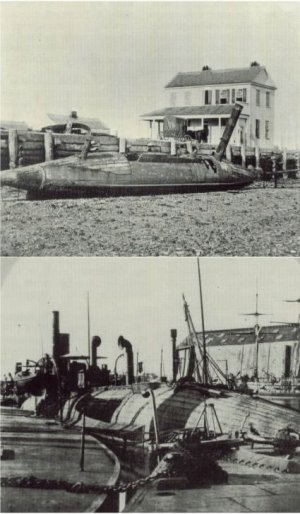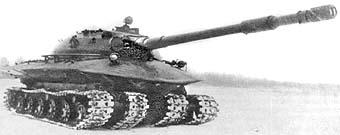(What always keeps me puzzled about this matter is that if Old World germs killed off Native Americans, why didn't New World germs kill off the Western invaders?)
It was basically because there weren't so many lethal diseases in the new world than in the old world. There was basically said to be "paradise" without the diseases. That wasn't of course rightly true but the basic idea was that in Eurasia there was more larger "base" for diseases in the whole are of European+Asia than in the new world. Europeans had gone through most diseases that nowadays are called "child diseases" mainly becauses they aren't dangerous for adult healthy human being. Likes of measles and scarlet fever where proved to be lethal for many of the natives in the new world.
Certain diseases came from Africa and because the natives where more involved with the slaves than the europeans it was evident natives would get sick and europeans not. Many of the diseases need certain climate to survive and it's all matter of luck.
When the sugar planting started in Caribean many of the slaves died in yellowfever (not sure how it's said in english also know as "Yellow Jack").
Also some of the Europeans died example in Barbados and Guadeloupe so those diseases from Africa where lethal to Europeans. That's why most of folk living in Caribians are black as white folk left the islands to escape the lethal diseases.
One of the other examples is the landing of Mayflower ship. It landed in Massachusets near the village of Pawtuxet. It was before occupied by wampanoag indians but now the village was empty so the newcomers could start the colony of Plymouth. It is believed that indian had died into diseases there brought by european ships that were fishing near Newfoundland.
Explorer likes of Hernando de Soto and his fellow man carried many diseases and many of his stories are later on been criticized as of "fiction" as those tribes and villages he describes weren't found or at least in the way he describes them. But it's very possibly that he told what he saw that time he visited them and later on when the colonists came the indians where mostly already died into diseases.
The driving force for the conquering the new world was political power in Europe and the mission of the church to spread religion.
All wars that Habsburgs (major family power in Europe that time) were payed with the all the gold, silver, gems and other goods that were gained from the Spanish settlements of new world.
If some of the natives could have stopped the europeans at start it wouldn't have mattered as Europeans would have came again and again just like they did in China.
It could be said that new world was conquered with diseases even though it happened with accident than in purpose as there are only few minor incidents reported where european infected native in purpose of killing them. So in the end europeans would have won. It was more like war of ecosystems than fight of cultures.
That was just my humble answer and maybe someone knows more about this thing than I so I leave the stage for you now...

Still about the units...Smoking Mirror

I think most of the posters here would like more "realistic units" than pyramid shaped tanks. I don't mean offend or anything is just that many here like historic scenarios rather than "what if?" and even though we have lot of units now already posted many would like to see many of the units that aren't covered. If you look what kind of units are posted many of them are time period of Second world war or modern and units after middle ages or in industrial time aren't that many.
I believe strongly that European culture would have spread into the new world with way or another and even native cultures could have lived longer I think they would have later fallen like Chinese and Japanese did even though their cultural level was high. So in industrial times all the units would like somewhat same. Aztech pyramid tank would be completely fictional and all kinds of "what if" guessing is really hypothetical than even close to the truth..
But it's your call to make unit not mine as I don't have real talent for it...or maybe I just lack patience.

still...












